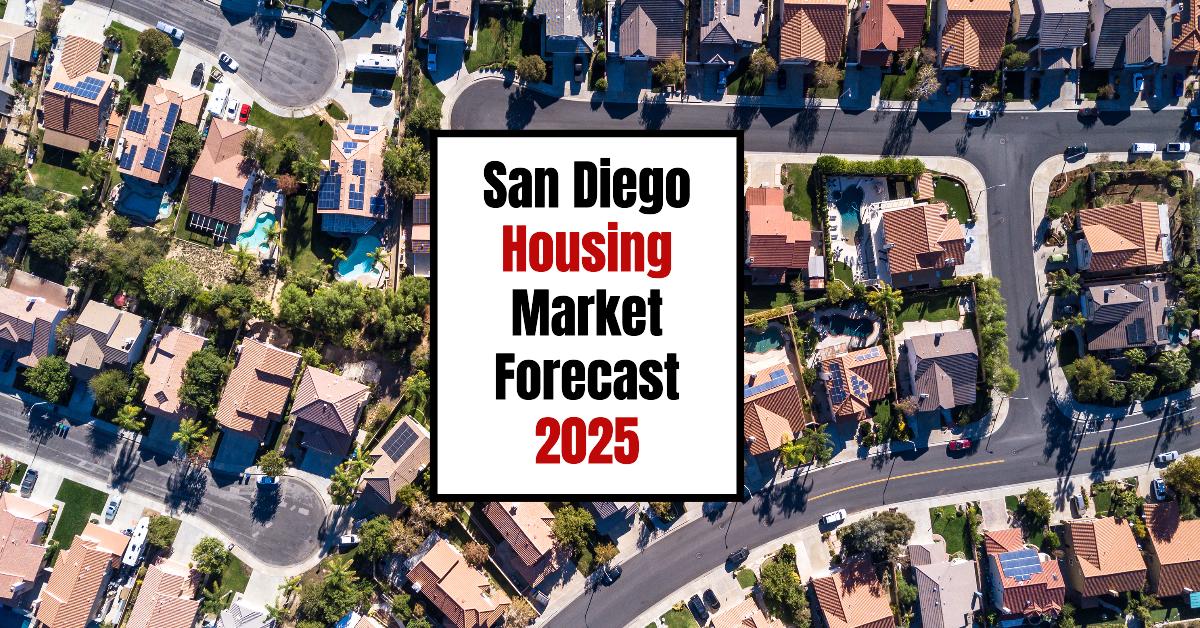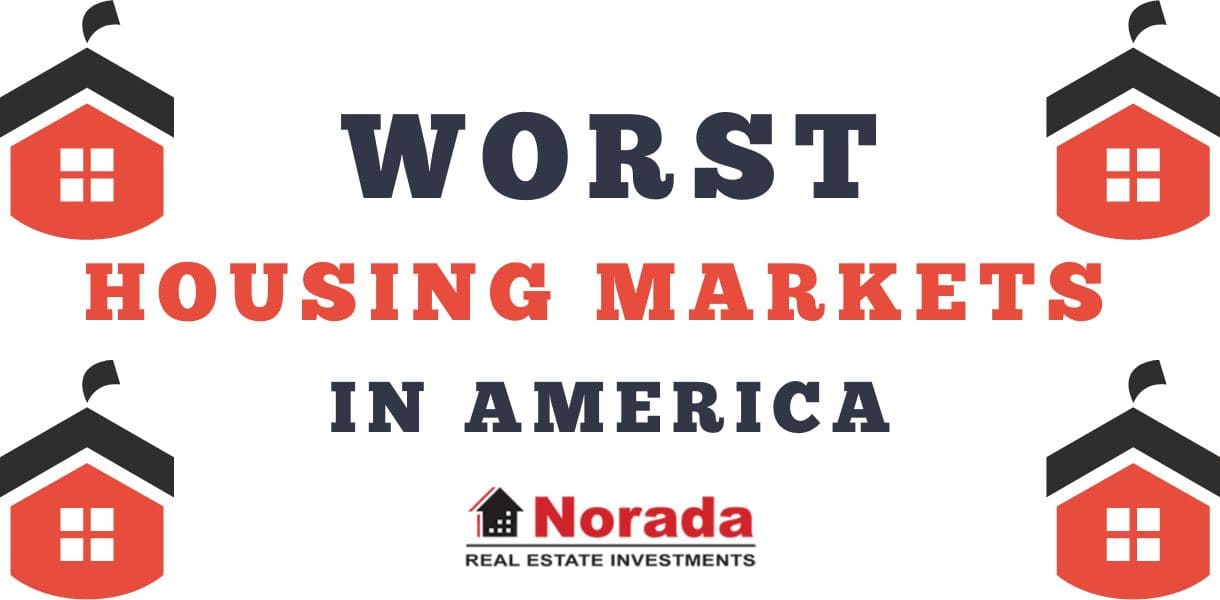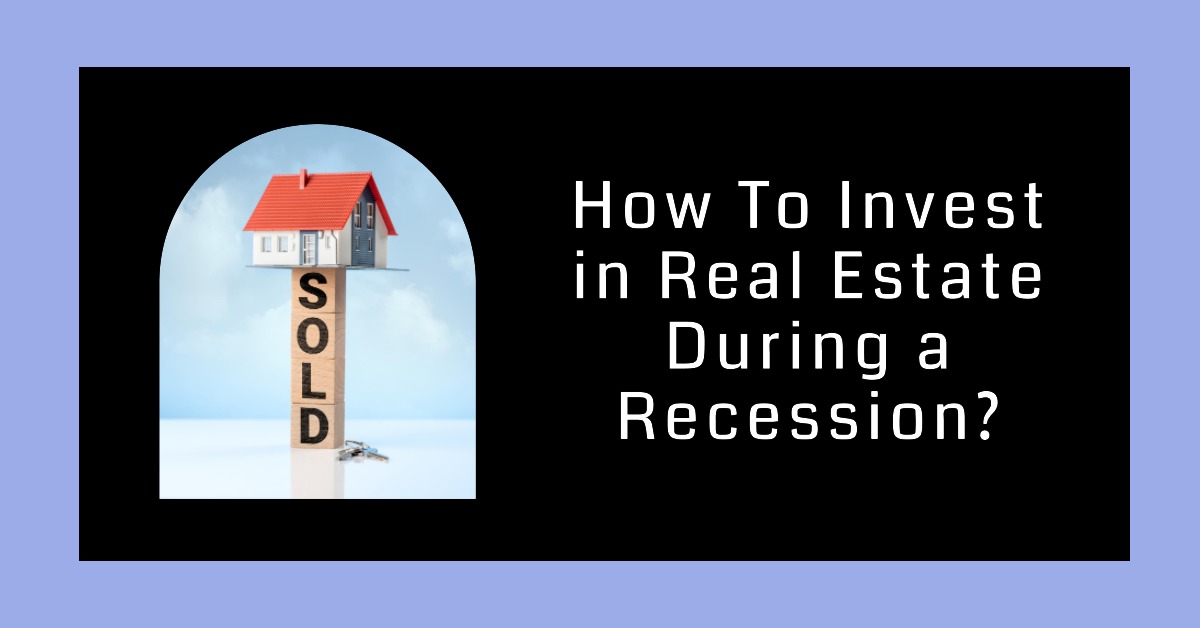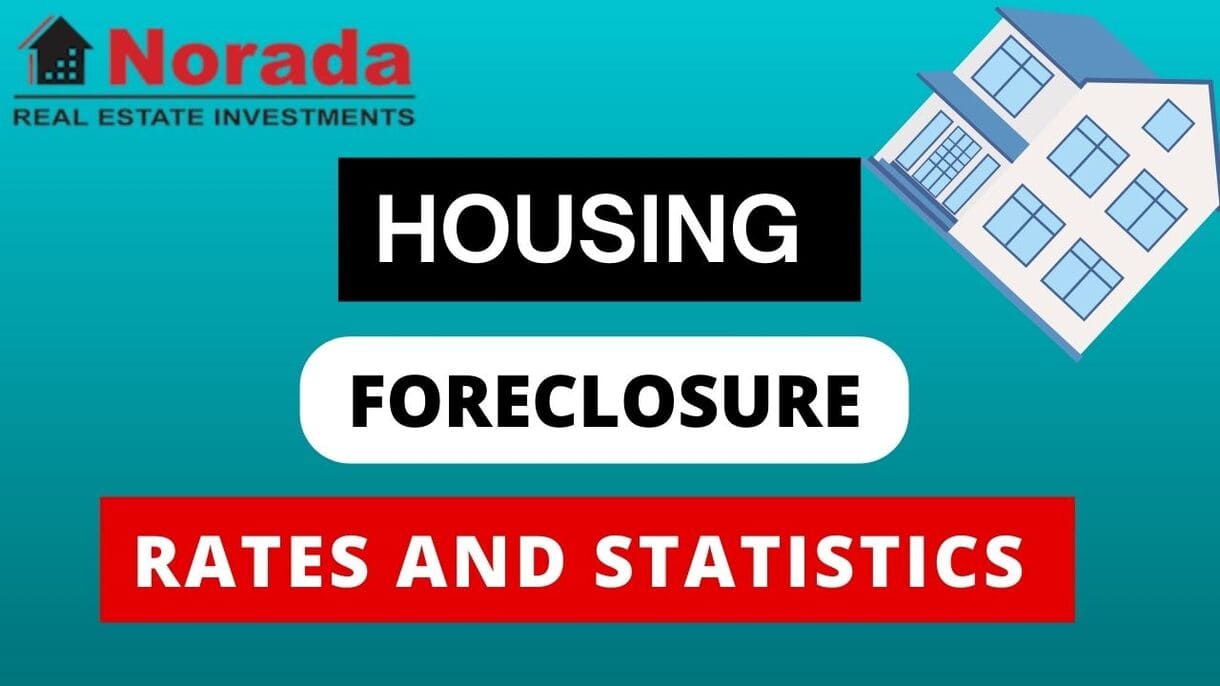Are you trying to keep up with the current San Diego housing market trends? Right now, in March 2025, the San Diego housing market is showing signs of stability with home prices remaining relatively high and inventory slowly increasing, presenting both opportunities and challenges for buyers and sellers. Keep reading as I break down what's happening in this housing market, why it matters, and what you should consider if you're thinking of buying or selling.
Current San Diego Housing Market Trends
Home Sales in San Diego County
Let's start with the basics: how many homes are actually selling? According to the California Association of REALTORS® (C.A.R.), in February 2025, San Diego County saw a decrease of 6.2% in home sales compared to February 2024. It’s also worth noting that on a month-over-month basis from January 2025 to February 2025, sales increased by 8.4%. While the year-over-year numbers might seem concerning, the rise from January may signal that market activity could be picking up as we head into the spring buying season.
Home Prices in San Diego County
Price is, of course, what everyone wants to know! The median sales price of an existing single-family home in San Diego County in February 2025 was $1,040,000. That's up 6.1% from February 2024 ($980,000). So, while sales might be a little soft, prices are still holding strong. This signifies that demand is still outpacing supply, even if only slightly. We must also keep in mind that on a month-over-month basis from January 2025 to February 2025, prices increased by 1%* showing a strong rise as we head into the busiest time of the year for real estate.
Are Home Prices Dropping in San Diego?
This is the million-dollar question (well, more than a million in San Diego!). While we did see some volatility in late 2022 and early 2023, the latest data suggests that prices in San Diego are not currently dropping. In fact, they're still increasing. The increase, although not as dramatic as in the peak of 2021 and early 2022, shows continued demand.
It’s important to remember that real estate is local. What's happening nationally or even statewide doesn't always reflect what's happening right here in San Diego. We have a unique blend of factors – a strong economy, desirable climate, and limited housing supply – that keep our market resilient.
Comparison with Current National Median Price
How does San Diego stack up against the rest of the country? Let's take a look:
- National Median Home Price (February 2025): $398,400
- Year-over-Year Change: +3.8%
- San Diego County Median Home Price (February 2025): $1,040,000
As you can see, San Diego is significantly more expensive than the national median. This highlights the premium people are willing to pay to live here.
Housing Supply in San Diego County
Inventory, or the number of homes available for sale, is a crucial factor in determining market conditions. In February 2025, the Unsold Inventory Index (UII) for San Diego County was 3.4 months. This means that, at the current sales rate, it would take about 3.4 months to sell all the homes currently on the market.
Here's what that tells us:
- Low Inventory: A UII of 3.4 months indicates a relatively low inventory. A balanced market typically has a UII of around 5-6 months.
- Sellers Still Have an Edge: Low inventory generally favors sellers, as there are fewer homes to compete with.
It's also worth mentioning that the median time on market (the number of days it takes to sell a home) in San Diego County in February 2025 was 16 days, up from 13 days in February 2024. This indicates homes are still selling relatively quickly, solidifying the idea that while inventory might be increasing, homes are not sitting on the market for extended periods of time.
Is It a Buyer's or Seller's Housing Market in San Diego?
Based on the data, San Diego is still leaning towards a seller's market, but it's becoming more balanced. Low inventory and rising prices favor sellers, but the slight increase in inventory and longer time on market suggest buyers are gaining a little more leverage.
If you're a buyer, this means you might have a bit more time to make a decision, but you still need to be prepared to act quickly when you find the right home. If you're a seller, you're still in a good position, but it's important to price your home competitively and make sure it's in top condition.
Market Trends Impacting San Diego Housing
Several key trends are shaping the San Diego housing market right now:
- Mortgage Rates: Mortgage rates have a huge impact on affordability.
- Economic Conditions: San Diego's strong economy continues to attract new residents, driving demand for housing.
- Limited Land and Development: San Diego is geographically constrained, which limits the amount of new construction possible.
- Seasonal Trends: The spring and summer months typically see an increase in home sales, while activity tends to slow down in the fall and winter.
Impact of High Mortgage Rates
Let's delve deeper into mortgage rates. Currently, in March 2025, the average 30-year fixed mortgage rate is around 6.67%, and the 15-year fixed-rate mortgage is about 5.83%, according to Freddie Mac.
Here's a table summarizing these rates:
| Mortgage Type | Average Rate (March 2025) |
|---|---|
| 30-Year Fixed | 6.67% |
| 15-Year Fixed | 5.83% |
These rates are significantly higher than the historic lows we saw in 2020 and 2021. Higher rates mean:
- Lower Affordability: Buyers can afford less home for the same monthly payment.
- Reduced Demand: Some potential buyers are priced out of the market or choose to wait for rates to come down.
- Slower Price Growth: Higher rates can put downward pressure on home prices.
Most forecasts predict that mortgage rates will remain at or slightly above these levels for the foreseeable future. This means buyers need to adjust their expectations and budgets accordingly.
My Thoughts on the San Diego Housing Market
As someone deeply involved in the San Diego real estate scene, I've seen firsthand how these trends play out. The San Diego market is nothing if not resilient. While higher mortgage rates have certainly cooled things down from the frenzy of the past few years, the underlying factors that make San Diego such a desirable place to live – the weather, the job market, the lifestyle – aren't going anywhere.
I believe we're entering a period of greater stability, where prices will continue to appreciate but at a more moderate pace. Buyers will have more time to shop around, and sellers will need to be more strategic in their pricing and marketing.
San Diego Housing Market Forecast 2025: What's Next for Home Prices?
Thinking about buying or selling in San Diego? You're probably wondering about the San Diego housing market forecast. While prices are currently high, forecasts suggest a period of relative stability with modest gains, indicating no major crash is expected in the near term. Let's dive into the details and what I think it all means for you.
San Diego-Carlsbad Housing Forecast
Reflects current market demand as of February 2025.
Homes are selling in around 23 days on average.
Active listings available as of February 2025.
New listings added in February 2025.
Sales price data as of February 2025.
Expected growth from February 2024 to February 2025.
“The San Diego-Carlsbad housing market remains strong, with increasing home values and steady demand as we look ahead.”
First, let's get a sense of where we are right now. As of today, the average home value in San Diego-Carlsbad is around $948,441. That's a 3.5% increase over the past year (Zillow Data). The market is still moving relatively quickly, with homes going to pending status in approximately 23 days. That shows there's still demand, although perhaps not the frenzy we saw a few years ago.
What the Experts are Saying: The Forecast
Okay, so what about the future? I've been keeping a close eye on forecasts, and Zillow is a credible source I often turn to. Here's a breakdown of their latest predictions for the San Diego area, released in February 2025. I've renamed the columns for better clarity:
| Region | State | Forecast for March 2025 | Forecast for May 2025 | One-Year Forecast (Feb 2025 – Feb 2026) |
|---|---|---|---|---|
| San Diego, CA | CA | -0.1% | 0.2% | 1.7% |
| Los Angeles, CA | CA | -0.2% | -0.1% | 0.4% |
| San Francisco, CA | CA | 0% | 0.1% | -2.1% |
| Riverside, CA | CA | 0% | 0.5% | 1.7% |
| Sacramento, CA | CA | -0.1% | 0.1% | -0.7% |
| San Jose, CA | CA | -0.8% | -2.7% | -2.9% |
| Fresno, CA | CA | 0.1% | 0.5% | 1% |
| Bakersfield, CA | CA | 0.2% | 0.9% | 2.3% |
- Short-Term (March & May 2025): These numbers suggest a very slight dip followed by a minor rebound. We're talking fractions of a percent, so don't expect any huge shifts.
- One-Year (Feb 2025 – Feb 2026): Zillow predicts a modest 1.7% increase in home values over the next year. This is a slower pace than we've seen in recent years, indicating a cooling but still appreciating market.
San Diego Compared to Other California Cities
Looking at the table above, you can see that San Diego's forecasted growth of 1.7% is pretty much in the middle of the pack for major California cities. Places like San Jose and San Francisco are expected to see declines, while Bakersfield is predicted to have stronger growth. This suggests that San Diego's housing market is relatively stable compared to some other parts of the state.
Will Home Prices Drop in San Diego? Will it Crash?
Based on these forecasts and my own experience, I don't foresee a major price drop or a housing market crash in San Diego in the near future. The data suggests a gradual and manageable growth trajectory. Of course, unforeseen economic events could always change the picture, but as of now, the signs point to a stable market.
My Thoughts and Predictions for 2026
Predicting beyond a year is always tricky, but here's my take on what might happen in 2026:
- Continued Moderate Growth: Assuming interest rates stabilize or even decrease slightly, I expect the San Diego housing market to continue its slow and steady appreciation. We might see growth in the low single digits, perhaps around 2-3%.
- Inventory Will Be Important: The biggest factor influencing prices will be inventory. If more homes come onto the market, it could temper price increases. If inventory remains low, prices could climb a bit faster.
- Location, Location, Location: As always, some neighborhoods will perform better than others. Desirable areas with good schools and amenities will likely see stronger demand and price appreciation.
Why is Housing So Expensive in San Diego?
San Diego's allure is undeniable. Pristine beaches, perfect weather, and a vibrant city life make it a dream destination for many. But this paradise comes at a price, particularly when it comes to real estate. Let's delve into the factors driving San Diego's expensive housing market:
Limited Supply, High Demand
- Geography: Nestled between the Pacific Ocean and mountains, San Diego has limited developable land. This scarcity creates a competitive seller's market, pushing prices upwards.
- Desirable Location: San Diego's climate, job opportunities, and outdoor activities attract residents and retirees alike, placing constant pressure on a finite housing stock.
Economic Factors
- Strong Local Economy: San Diego boasts a diverse and thriving economy, fueled by a strong tourism industry, a growing tech sector, and a robust military presence. The economy grew in 2021, adding over $11 billion to its gross regional product (GRP) compared to pre-pandemic levels. In 2022, the San Diego metro area's real gross domestic product (GDP) was $257.34 billion, a significant increase from the previous year's $250.06 billion. According to the UCLA Anderson March Economic Outlook, San Diego County is expected to grow 2.7% in 2023. This economic strength translates to job growth and attracts professionals with higher salaries who can afford premium housing.
- Low Interest Rates (Historically): Over the past decade, interest rates have hovered near historic lows. This has significantly reduced the monthly mortgage payment for a fixed-rate loan, making homeownership more affordable for many buyers. For example, in 2016, the average 30-year fixed mortgage rate was around 3.5%. By 2 2021, that number had dipped below 3%, making it significantly cheaper to finance a home purchase. This easy access to cheap credit fueled a surge in buyer demand, which in turn drove up housing prices. While interest rates have risen in 2024, they remain historically affordable compared to long-term averages. However, even with slightly higher rates, the overall impact on affordability is mitigated by wage growth and a strong local economy.
Regulations and Taxes
- Development Restrictions: San Diego, like many coastal cities in California, faces challenges in balancing growth with environmental protection. Strict zoning regulations, lengthy permitting processes, and environmental impact reviews can significantly slow down or even halt new housing developments. This can stifle the ability to increase housing supply to meet the growing demand, putting upward pressure on prices. Additionally, citizen groups and environmental concerns can further complicate the development process. While these regulations are important for safeguarding the natural beauty and character of San Diego, they can also contribute to the limited housing inventory and high costs.
- Property Taxes: California has relatively high property taxes, with an average effective rate of 0.73% in 2023 according to the California Tax Foundation. This means that for a home valued at $1 million, the annual property tax bill would be around $7,300. High property taxes can impact affordability, particularly for first-time homebuyers or those on fixed incomes. However, these taxes also contribute to the overall perceived value of San Diego real estate. Property taxes are a major source of revenue for local governments, which use these funds to finance essential services like schools, roads, and public safety. Additionally, high property taxes can discourage speculation and absentee ownership, potentially leading to a more stable housing market.
National Trends
Nationwide Housing Market: While San Diego stands out, it's part of a larger national trend of rising housing costs. Investor activity and a national shortage of affordable housing contribute to the overall market dynamic.
The “Sunshine Tax”
San Diegans often jokingly refer to the high cost of living as the “sunshine tax.” While it might be a sardonic term, it reflects the reality that many people are willing to pay a premium to live in such a desirable location with a high quality of life.
How is the Rental Housing Market Doing in San Diego?
The San Diego real estate market has been ranked among the ten most expensive real estate markets in the country, though it ranks below several other West Coast cities. This creates massive demand for San Diego rental properties by those who simply cannot afford to buy homes.
The rental market will continue to grow as the city grows an estimated 500,000 population by 2050, adding tens of thousands each year. The median rent in San Diego is $2700. The rent you’d receive on single-family San Diego rental properties would, of course, be much higher.
Renters vs. Owners in San Diego
San Diego's property rental market is influenced by several factors, including the local economy, job opportunities, and the overall demand for housing. It's a city known for its mix of urban and suburban neighborhoods, each with its own rental and ownership dynamics.
San Diego had a diverse housing landscape with a mix of renters and property owners.
- Renters: San Diego has a significant population of renters, comprising individuals and families who lease residential properties. This includes apartments, condominiums, townhouses, and single-family homes. The exact percentage of renters relative to property owners can vary by neighborhood and demographic factors.
- Owners: San Diego also has a substantial number of property owners. These are individuals or entities who own residential properties and may either live in their properties or lease them out to renters. Property owners contribute to the diversity of the city's housing options.
Size of the Rental Market
The size of the San Diego property rental market is substantial, with a wide range of rental properties available to residents. This market includes apartments, houses, and various types of housing units. The exact size of the rental market can fluctuate based on factors like population growth, economic conditions, and housing development trends.
Real estate agencies, rental platforms, and government agencies often track and report on the status of the rental market, offering detailed insights into its size and dynamics.
For the most up-to-date and specific information regarding the current state of the San Diego property rental market, including the number of renters and property owners, it's recommended to refer to the latest reports and data from sources like local real estate associations, government housing agencies, and real estate websites.
San Diego's property rental market is an essential component of the city's real estate landscape, offering a wide range of housing options to its diverse population.
San Diego Apartment Rent Prices
As of December 2024, the median rent for all bedroom counts and property types in San Diego, CA is $2,900. This is +53% higher than the national average.
The monthly rent for an apartment in San Diego, CA is $2,695. A 1-bedroom apartment in San Diego, CA costs about $2,460 on average, while a 2-bedroom apartment is $3,321. Houses for rent in San Diego, CA are more expensive, with an average monthly cost of $4,000.
Rent prices for all bedroom counts and property types in San Diego, CA have decreased by 3% in the last month and have increased by 2% in the last year.
Housing Units and Occupancy
In terms of occupied housing units, San Diego has the following distribution:
- Renter-occupied Households: Renter-occupied households make up 53% of the housing units in San Diego, indicating a significant presence of renters in the city.
- Owner-occupied Households: Owner-occupied households account for 48% of the housing units, highlighting a balanced mix of homeowners in the area.
Affordable and Expensive Neighborhoods
San Diego's neighborhoods offer a range of rental prices, making it accessible for various budgets:
The Most Affordable Neighborhoods:
- Bay Park: The average rent in Bay Park is $2,135 per month.
- University Heights: In University Heights, the average rent is around $2,200 per month.
- North Park: North Park offers an average rent of approximately $2,273 per month.
The Most Expensive Neighborhoods:
- Carmel Valley: Carmel Valley is one of the more expensive neighborhoods, with an average rent of $2,942 per month.
- Mission Valley East: In Mission Valley East, the average rent can go for $2,894 per month.
- Mission Beach: Mission Beach has an average rent of $2,850 per month.
Popular Neighborhoods
Some neighborhoods in San Diego are particularly popular among renters:
- Mission Beach: Mission Beach tops the list with 1,115 listings, making it a sought-after area for renters.
- Pacific Beach: Pacific Beach is also a popular choice, offering 760 listings for prospective renters.
- Ocean Beach: Ocean Beach features 295 places for rent, making it a vibrant neighborhood for renters.
These insights provide a snapshot of the current rental market in San Diego. Rental prices have seen some fluctuations in recent months, with variations in different apartment types. The city offers a range of neighborhoods to suit different budgets and preferences, with a balanced mix of renters and homeowners.
Recommended Read:
- Is San Diego’s Housing Getting Very Expensive: Experts Predict
- San Diego Housing Market Booms With 9.4% Growth: Expert Predictions
- San Diego Housing Market Predictions: Soaring and Expensive!
- San Diego Housing Market Predictions: Prices Skyrocket 11.4%; What's Next?
- Is San Diego Real Estate a Good Investment?




